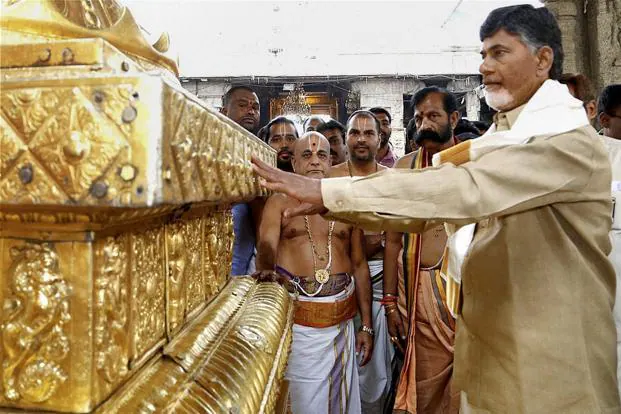The Tirupati temple has not only become one of the panic stricken and economically richest religious places in India but has also stirred interests with its managements decision to request for gold donations instead of cash, which is in line with the Indian governments gold monetization program. This move seeks a reasonable economic rationality and most importantly depicts the sociological and anthropological significance of gold in Indian culture. Gold has always been less of a function in appreciating currency.
Background on the gold monetization scheme
The gold monetization scheme was launched by the Government of India in the year 2015 and was designed to diminish the nation’s dependency on imported gold by bringing privately held gold reserves into the production. India is one of the largest consumers of Gold worldwide and a large portion of it lies unused in households, temples and other religious institutions. Through this scheme the government provides incentive to entities depositing gold with the banks and permitting them to earn interest and avoid the depreciation from ideal assets. Under the particular program, temples and other religious institutions can convert their gold holding into interest earning assets that aids in maintaining their operations and assisting charitable activities.
Religious institutions in India are particularly temples and are major beneficiaries of the scheme due to the sheer volume of gold donation they receive from the individuals. Temples like Tirupati have accumulated a vast amount of gold over the years and the gold monetisation schemes offer a formal structure for converting these donations into a sustainable income source. With tirupati temple’s recent move to prioritize the gold over cash as it is clear that the temple management see values in the long term benefits of monetization of gold.
Reasons for preferring gold over cash
- The reasons behind Tirupati temple’s preference for gold offerings as opposed to cash are manifold. First of all, gold is culturally considered as a more secure form of investment compared to cash especially in times of economic recessions and inflation. In as much as giving cash is important, the value in purchasing power may be materially affected by inflation which makes gold a better storage of value for long time periods. Such that holding the gold, the temple ensures that even with the decline in the value of money, the value of its assets is retained and its assets valued all through.
- Secondly, it is undeniable that gold holds enormous cultural and religious value in India. For those who has practiced societal traditions in worshiping gold, incarnating wealth, handouts and even its cleanliness gold has always been appreciating in value. Some people believe that it is more appropriate to offer gold in temples rather than cash, as concrete money is devoid of sentiment and has a short lifespan in the Temple Purpose. Temples like the Tirupati, understand this feeling and allow believers to present gold, since it is consistent with their spirituality and that of their followers.
- Third, gold provides potential growth in value. While cash typically depreciates over a period of time due to inflation, gold often appreciates and makes it a valuable asset for the temple’s financial sustainability. Gold can also be utilized through the gold monetization scheme to earn interest, offering the temple with a regular income stream.
Impact of Triputi’s Gold Monetization Approach
The impact of Tirupati temple’s decision to prioritize the gold over cash donations has financial, cultural and also societal implications. Financially, the temple benefits by generating a steady income from the deposit of gold without the requirement to sell assets and guaranteeing that the wealth is retained within the temple’s control. The interest earned from the deposit of gold under the gold monetization scheme contributes to a predictable source of revenue that can be directed toward the development of the activities, social initiatives and the equipment of the temple.
In addition to that, this approach sets a precedent for other religious institutions and large temples across India and boosts them to follow suit and consider the long term advantages of gold monetization. By doing so, the temples collectively contribute to the government’s goal of diminishing the reliance on imported gold that has a positive impact on the Indian economy.

